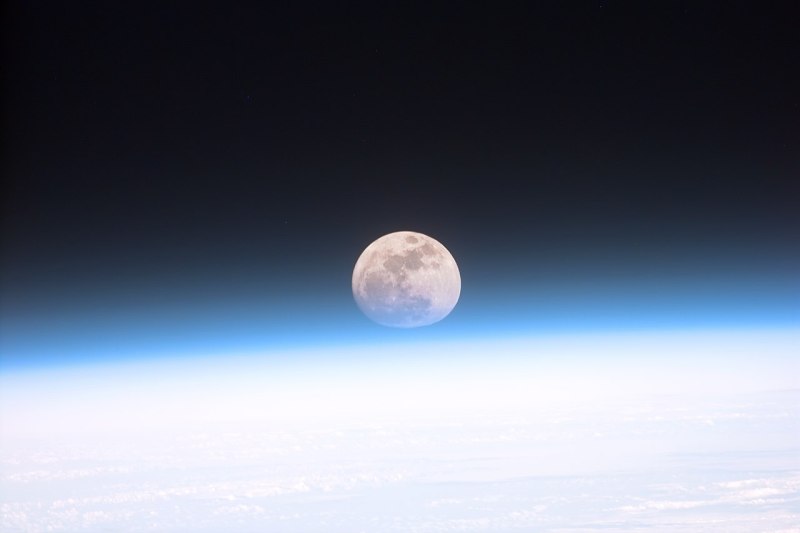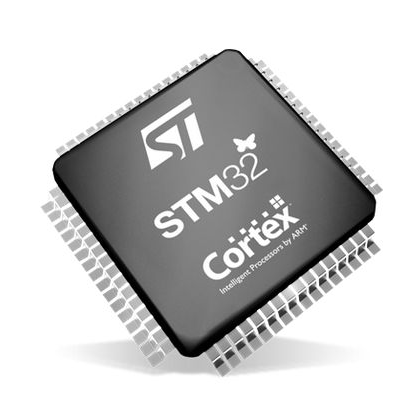LoRa is a communications method that allows for long range radio contacts to be made using typically low-powered devices. This shouldn’t be surprising given that LoRa is short for “long range” which typically involves distances on the order of a few kilometers. However, a group of students are taking the “long range” moniker to the extreme by attempting to send and receive a signal with a total path of around 768,000 kilometers by using some specialized equipment to bounce a LoRa signal off of the moon and receive it back on Earth.
Earth-Moon-Earth (EME) communications are typically done by amateur radio operators as a hobby, since the development of communications satellites largely rendered other uses of this communication pathway obsolete. A directional antenna and a signal typically on the order of 1 kW are often used to compensate for the extremely high path losses. Using LoRa, which makes use of chirp spread spectrum modulation, they hope to reduce this power requirement significantly. The signals are being generated and received on a set of HackRF One devices fed into a series of amplifiers, and the team is also employing a set of large dish antennas, one in New Jersey and another in Alaska, to send and receive the messages.
The software used is the open-source SDRAngel which is useful for controlling the HackRF and moving the LoRa signal up to 1296 MHz. Normally LoRa is operated on an unlicensed band, but this method allows for finer control of not only frequency but also bandwidth, which helps reduce the impacts of path loss. Right now they have not yet completed their contacts with the Alaska station (partially due to that antenna being covered in snow) but we hope to hear more news in the future. In the meantime, take a look at some more traditional long-range communications using this protocol with more manageable-sized antennas.
Image courtesy of NASA, Public domain, via Wikimedia Commons
















and how much mass of wiring between components on a satellite can be replaced by low-power radio?
Good luck to the team. EME is definitely not an easy feat.
A team of HAM radio operators did a similar feat in 2021. They used a Semtech LR1110 RF transceiver chip in the 430-440 MHz amateur band, amplified to 350 Watt and the 25 meter dish in Dwingeloo, The Netherlands to send and receive the signal.
https://www.camras.nl/en/blog/2021/first-lora-message-bounced-off-the-moon/
I find it really impressive and fun experiment, but this setup is far from the standard LoRa communication. They use 500W amplifier and a 8.5m dish antenna to transmit, and for the receiver a 9.1m dish antenna with LNA. The 8.5m dish antenna is large, you can see in the video at 7:37 https://youtu.be/N9Uv-oVUISg?t=457
That reminds me of a canceled amateur radio repeater on moon (Project Moonray).
It also was meant to carry a camera for classic SSTV (in “color”, likely using frame sequential colour method of the day, ie. Individual R/G/B frames via 8s SSTV).
Oh well, if Apollo landings had just continued a little longer..
See details: https://www.nitehawk.com/rasmit/nick.html
By the way, why does none of the recent moon missions carry an amateur radio payload, such as a linear transponder?
That’s something I don’t understand. So many probes surround Luna from time to time and no room for a 2m/70cm transponder of the size of a shoebox? Or a cigarette box?
Longjiang-2 had a repeater and SSDV (slow scan digital video) feed on the amateur bands. And there probably have been others, but these are not always advertised as clearly as you’d wish…
https://amsat-uk.org/2020/06/06/longjiang-2-lo-94-journey-to-the-moon/
Thanks for the link! 😎👍
I’ve heard about this a while ago.
What I’m hoping for is an equivalent to an OSCAR satellite, but in moon orbit. Something with a linear transponder, maybe. Like AO-7.
Or an FM bird with a parrot. Though the latter would need a more powerful transmitter, maybe.
On the bright side, FM would be less vulnerable to the doppler effect, maybe.
Hm. A geostationary satellite in moon orbit would be neat, too.
But since we don’t even have that here, Eshailsat2 excluded, it will likely remain a dream for a while.
For a start, a replica of Oscar-1 or Sputnik in moon orbit would be cool, too. A little morse beacon, essentially (*beep* *beep* *beep*)
It would inspire kids and young adults.
“They use 500W amplifier and a 8.5m dish antenna to transmit, and for the receiver a 9.1m dish antenna with LNA.”
EME on a Budget:
Moonbounce for the Rest of Us
By Paul Bock, K4MSG
Excerpt:
PART II – A BASIC 144 MHz EME STATION
Based on a lot of study and my own practical experience a reasonable “minimum station” for achieving successful 144 MHz EME digital communications with larger stations would look something like the following. It can be done with less, but for repeatable success this list is probably a reasonable yardstick to use.
A VHF multimode transceiver capable of 144 MHz SSB operation, with output sufficient to drive an outboard amplifier. IF A HIGH STABILITY REFERENCE OSCILLATOR OPTION IS AVAILABLE IT WOULD BE PRUDENT TO PAY THE EXTRA MONEY FOR THIS CAPABILITY. In Digital EME as in so many other things in life, “timing is everything.”
A combination power amplifier & low-noise preamplifier (aka a “brick”) having a power output of 100 watts or more and a preamplifier noise figure of less than 1 dB (and the lower, the better). THE UNIT SHOULD BE INSTALLED AT THE ANTENNA. (NOTE: Don’t panic, this is much easier than it sounds.)
A Yagi antenna with a forward gain of at least 12 dBd. THE ANTENNA ONLY NEEDS TO BE MOUNTED 7 TO 10 FEET ABOVE THE GROUND.
And there’s an amazing dish in NJ that might even be used for this experiment. Hint: Infoage is supporting it.
I was expecting this to be about some of the various lunar cubesats using LoRa for local interlinks, similar to how Ingenuity communicates with Perseverence via 900MHz Zigbee. Swarm already use LoRa for sat-ground links.
I’ve done this by accident using the helium network and a directional antenna!
This is not LoRa.
Another clickbait?
Bouncing Low-Rank Adoptions off the moon?
Acronym clash detected. Unfortunately it seems that LoRA will previal over LoRa, although the other one was earlier.
https://arxiv.org/abs/2106.09685